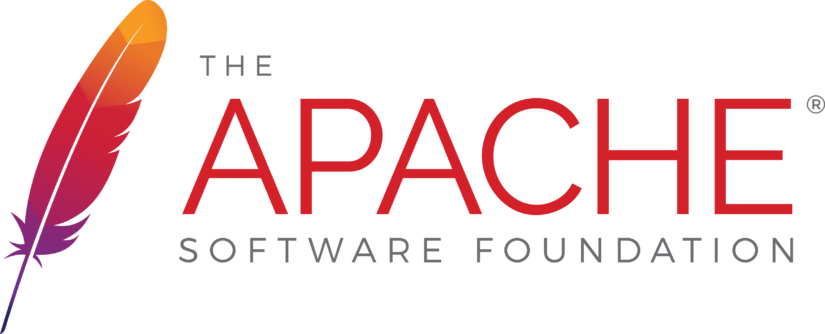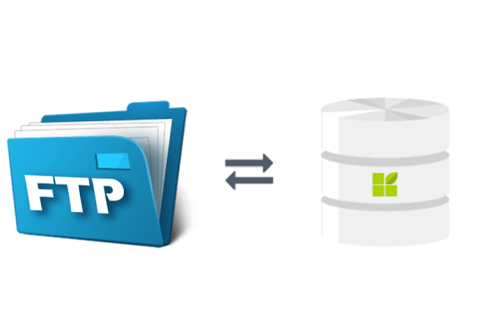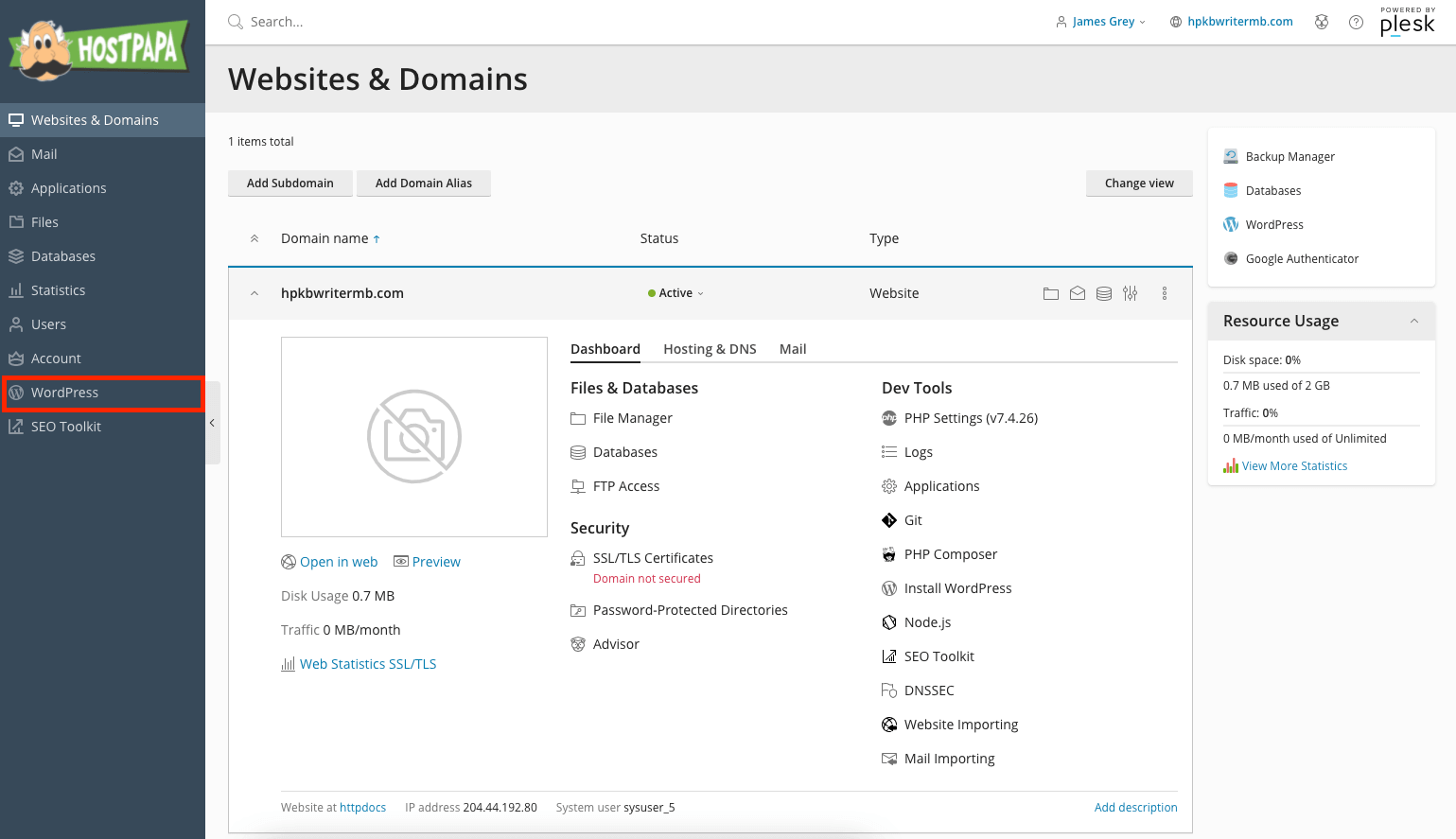
Apache is one of the most well-known server softwares on the Internet. It is compatible with Red Hat(r), CentOS operating systems. Red Hat Red Hat Red Hat users will enjoy many of these same benefits. It is easy to configure and install, and is a powerful server. This article will show you how to configure SELinux and install PHP 5.4.
Configuring SELinux
Apache can be configured so that SELinux is used for security purposes. It is a very secure measure, as SELinux allows the user to control the security settings for their server. SELinux prevents Apache from loading content outside of the default directories. However, you can customize this by writing a custom policy.
SELinux can be used to prevent unauthorized files access in Linux. It detects and blocks misuse by programs and processes. There are two modes of operation for the system: permissive and enforcing. The permissive mode permits any process to be run, while the enforcing modes locks down programs.
Creating virtual hosts
To create virtual hosts, the first step is to create a file describing the configuration of your site. This file tells Apache how to respond to different domains. This virtual host file should be placed in the sites enabled or sites available directory. A symbolic link must also be created.

Once you have created a virtual host, you must upload web content. This is done by creating a directory named DocumentRoot in the Apache directory. This directory will become the Document Root of your website's virtual configuration file. This directory is used to serve the content of the domain when a user navigates there.
Apache policies management
You can customize the security level of Apache processes using the SELinux security frame. This framework allows you both to set universal and directory-specific policies. Because of the greater control it gives, it's recommended that Apache policies be set on specific directories. Another option is to set all policies for the entire server. This will tell SELinux how to treat Apache processes in the same manner. This method allows you to customize the security level of your server, but does not provide the same level of control.
The Apache HTTP server is one of the most widely-used web servers available. It is free, open source, cross-platform and extensible and supports many configurations and modules. Apache is included in CentOS 8's default repositories. This allows for quick installation and configuration. CentOS 8 defaults FirewallD as the firewall solution. Apache webserver creates firewalld files and predefined rules to allow HTTP (80) or HTTPS (4433) ports.
Installing PHP 5.
PHP 5.4 extends the popular open source programming language. This server-side scripting language is compatible to the Apache web server. The latest version of Apache causes a few complications during the PHP installation process. These issues can be resolved with several steps. These are just a few of many steps you can take.
First, be sure to have the correct PHP version installed. PHP 5.4 will be the default in most cases. You can however install a different version of PHP through the yum package. You can also enable Remi to install the PHP version you require.

Get your server’s IP adress
Once Apache has been installed on CentOS's system, you will be able to verify your IP address using the ip Address command. This command will display the IP address for your server. Using this IP address, you can check whether your website is working properly. After you verify that your IP is correct, you may try to view your website in any browser you use in any country by entering the URL.
Apache's default page shows that the server is running. Scroll down the page to view additional information. This information is vital as it allows you to perform DNS changes and networking.
FAQ
What Should I Include In My Portfolio?
These should all be included in your portfolio.
-
Example of your work.
-
If applicable, links to your website
-
Links to your blog.
-
These are links to social media sites.
-
Links to online portfolios of other designers.
-
Any awards you received.
-
References.
-
Examples of your work.
-
Links showing how you communicate with clients.
-
You are willing to learn new technologies.
-
Links showing that you're flexible.
-
Links that show your personality
-
Videos showing your skills.
How to Create a Static Website
To create your first static website, you'll need to choose between two options:
-
Using a Content Management System (a.k.a. WordPress: Download this software and install it to your computer. This will allow you to create an essential website.
-
A static HTML website is created by you. If you are familiar with HTML, it's easy to do.
Consider hiring an expert to build your large website.
Start with option 2.
WordPress is it a CMS?
Yes. It's a Content Management System. Instead of using Dreamweaver or Frontpage, a CMS lets you manage your website content directly from your web browser.
WordPress is free! You don't have to pay for anything other than hosting, which your ISP usually provides.
WordPress was originally created to be a blogging platform. But WordPress now offers many more options, such as eCommerce sites or forums, membership websites and portfolios.
WordPress is simple and easy to install. Download the file from their website, and then upload it to your server. Then, you simply visit your domain name through your web browser and log in to your new site.
After installing WordPress you will need to create a username/password. Once you log in, you will be able to access your settings from a dashboard.
This is where you can add pages or posts, images and links to them. If you are comfortable creating and editing content, you can skip this step.
However, if you prefer to work with someone else, you can hire a professional web designer to handle the whole process.
Statistics
- Did you know videos can boost organic search traffic to your website by 157%? (wix.com)
- When choosing your website color scheme, a general rule is to limit yourself to three shades: one primary color (60% of the mix), one secondary color (30%), and one accent color (10%). (wix.com)
- Studies show that 77% of satisfied customers will recommend your business or service to a friend after having a positive experience. (wix.com)
- It enables you to sell your music directly on your website and keep 100% of the profits. (wix.com)
- It's estimated that chatbots could reduce this by 30%. Gone are the days when chatbots were mere gimmicks – now, they're becoming ever more essential to customer-facing services. (websitebuilderexpert.com)
External Links
How To
How to use WordPress for Web Design
WordPress is a free software program that can be used to create websites and blogs. Easy installation, powerful theme options, and plug-ins are some of the main features. You can customize your website using this website builder. It has hundreds of themes to choose from and many plugins to help you build any kind of site. If you'd like, you can also add your own domain. These tools will allow you to effortlessly manage your site's appearance as well as its functionality.
WordPress allows you to create beautiful websites even if you don't know how to code HTML. It doesn't matter if you don’t know much about coding. You can create a beautiful website in no time. This tutorial will teach you how install WordPress on your computer. Then, we'll go through the steps necessary to put your blog online. Everything will be explained so that you can follow the steps at home.
The most popular CMS (Content Management System) out there is WordPress.com currently has around 25 million users worldwide and counting. You have two options for WordPress: you can either purchase a license for $29 per monthly or download the source code to host it free of charge.
WordPress is a popular blogging platform. There are many reasons for this. It is easy to use and anyone can write HTML, so you can make a beautiful site. It also offers flexibility. WordPress.org provides many themes free of charge. You can easily change the look and feeling of your site without spending a dime. It's also very customizable. Many developers offer premium addons to allow you update posts automatically after someone comments. You can also integrate social media sharing in your site.